It will be the first time in two and a half years since the start of the nuclear accident on March 11, 2011 that fishermen in Iwaki City in southern Fukushima will fish on a "trial" basis.
Also, the fishery association in Soma City, 48 kilometers north of Fukushima I Nuclear Power Plant, will resume its "trial fishing".
When I first read the Kyodo News (9/25/2013) below, it somehow did not occur to me that the fish caught would be sold to the market. I was lulled by the word "trial", and totally forgot that the fishery association in Soma City was selling the fish that they caught in their trial fishing.
In Japanese terminology, a "trial fishing" only means "it is not full operation", whether it is in terms of the number of fishing boats or the number of fish allowed or the number of species allowed. It is a commercial operation in which fishermen are allowed to sell their catch.
First, from Kyodo News on the Soma City fishery association:
福島の試験操業が再開 組合長「やる気示す」
Trial fishing in Fukushima resumes, fishery association head says "we'll show our determination"
福島県北部の相馬双葉漁業協同組合が25日、東京電力福島第1原発事故による汚染水問題のため中断していた試験操業を再開し、午前2時ごろ、約20隻の漁船が松川浦漁港(相馬市)から次々と出港した。同日午後に帰港し、水揚げする予定。
Soma/Futaba Fishery Association in northern Fukushima resumed the trial fishing on September 25, as about 20 fishing boats started leaving the Matsukawaura Port (Soma City) at 2AM. The trial fishing was halted because of the contaminated water problem at FUkushima I Nuclear Power Plant. The boats are due to return in the afternoon with their catch.
佐藤弘行組合長は出港前、集まった漁師たちに「東電や国、世の中の人たちに『本格的な操業を目指していく』というやる気を示すため、試験操業をしていかなければいけない」と呼び掛けた。
Hiroyuki Sato, head of the association, told the fishermen before leaving port, "We will have to continue trial fishing to show out determination to TEPCO, the national government, and people in general that 'we are aiming at full operation'."
水神丸の船主、浜内正芳さん(58)は「漁に出られるのはうれしい。風評被害のことが頭に残っているが、一歩ずつ進むことでやる気を伝えたい」と話し、船に乗り込んだ。
Masayoshi Hamauchi (age 58), shipowner of Suijin-maru said, "I'm happy to be able to fish. I'm still worried about baseless rumors but we want to show our determination, one step at a time."
While Kyodo News is vague about "trial fishing" (or assumes everyone knows that the fish caught will be sold), Fukushima's local paper Kahoku Shinpo (9/25/2013) makes it clear for us:
福島県漁連は24日、福島県福島市で組合長会議を開き、福島第1原発事故の汚染水問題で見送っていたいわき市漁協の試験操業を10月3日に始めることを決めた。福島県南部での試験操業は初めて。試験操業の再開を延期していた相馬双葉漁協(相馬市)については、今月25日の再開を決めた。
The Fishery Association of Fukushima Prefecture held a meeting of association heads on September 24 in Fukushima City, and decided that the Iwaki City fishery association will start trial fishing on October 3. It will be the first trial fishing in the southern Fukushima. It was also decided that the Soma-Futaba fishery association (in Soma City) will resume on September 25.
県や東電が魚介類や海水に含まれる放射性物質を調べた結果、安全性が確認できたため。当面はメヒカリやミズダコなど16の魚種を対象とし、モニタリングで問題がなかった分を出荷する。
The decisions were made because the safety [of the catch] was ascertained after the Fukushima prefectural government and TEPCO tested radioactive materials in marine products and ocean water. For now, the Iwaki City fishery association will only catch 16 species including Chlorophthalmus borealis and Enteroctopus dofleini. Monitoring [sampling] tests will be conducted, and if there is no problem [below the national safety standard] they will ship and sell the catch.
...いわき市漁協の矢吹正一組合長は「2年半待った試験操業が始まることになり感無量だ。東電は汚染水対策をしっかり講じてほしい」と話した
Shoichi Yabuki, head of the Iwaki City fishery association, said, "We've been waiting for this trial fishing for two and a half years. We want TEPCO to install thorough countermeasures against contaminated water."
After two and a half years since the accident, fishermen in Fukushima are finally joining farmers in Fukushima - just blame fickle consumers for not buying their stuff.
If consumers have no means of knowing whether the fish they buy at supermarkets are from off the coast of Fukushima, there will be no baseless rumors anyway.



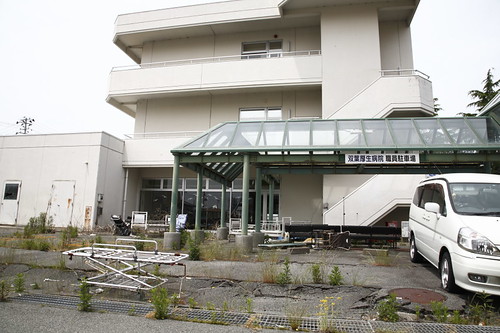
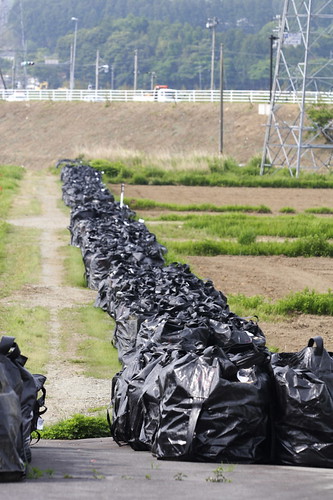
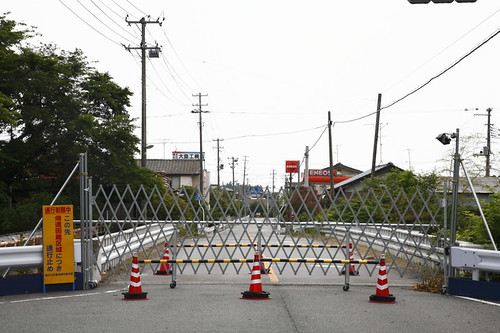


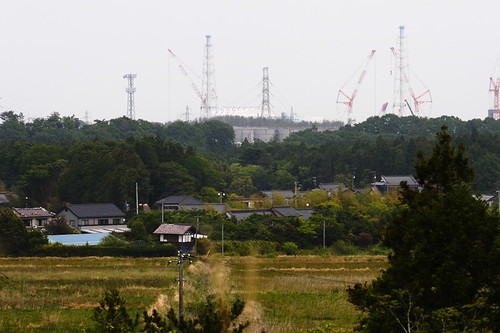
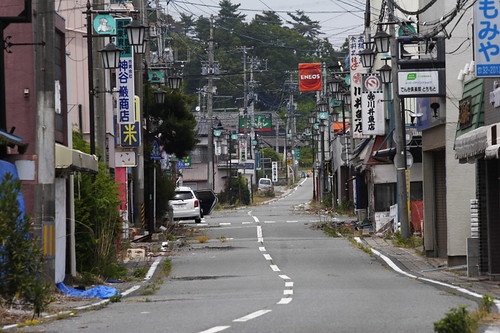
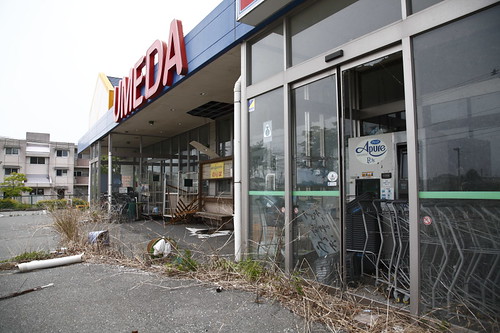
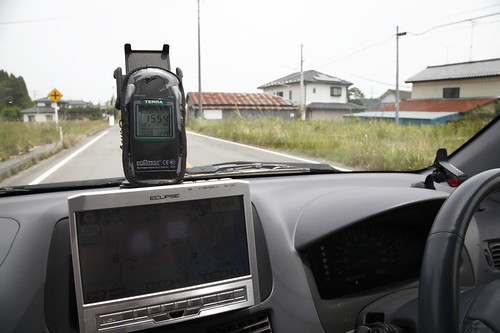
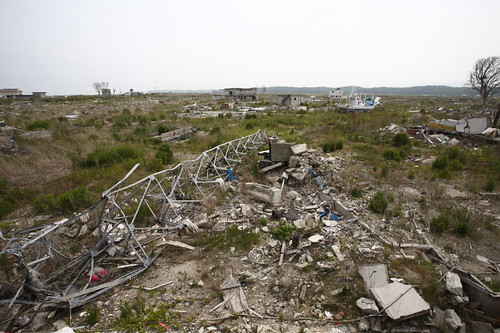
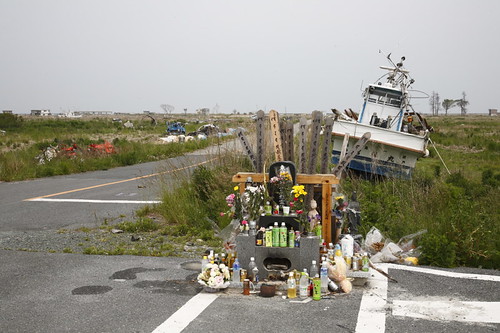
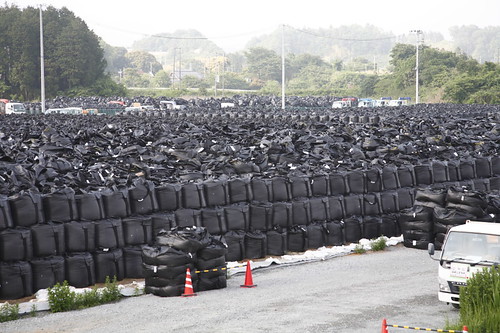



 Tokyo Time
Tokyo Time
![[Most Recent Quotes from www.kitco.com]](http://www.kitconet.com/charts/metals/gold/t24_au_en_usoz_2.gif)

